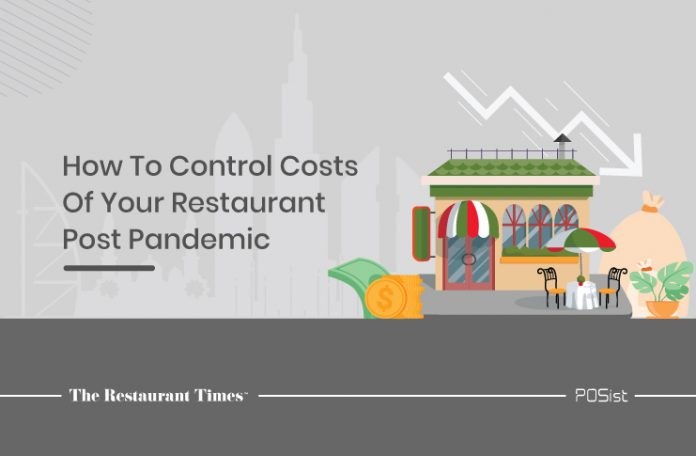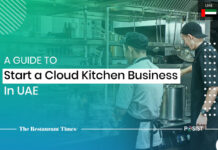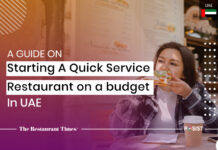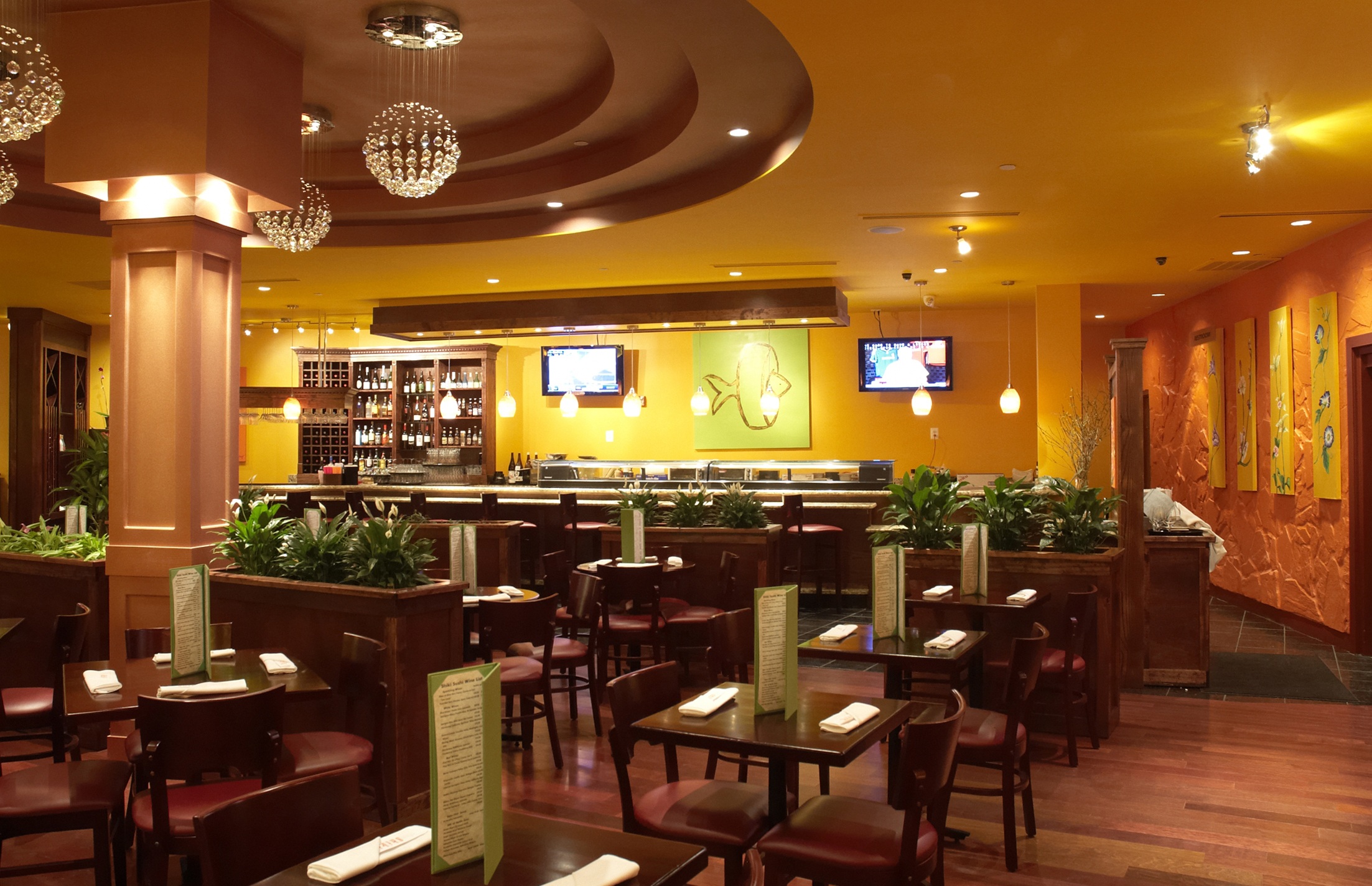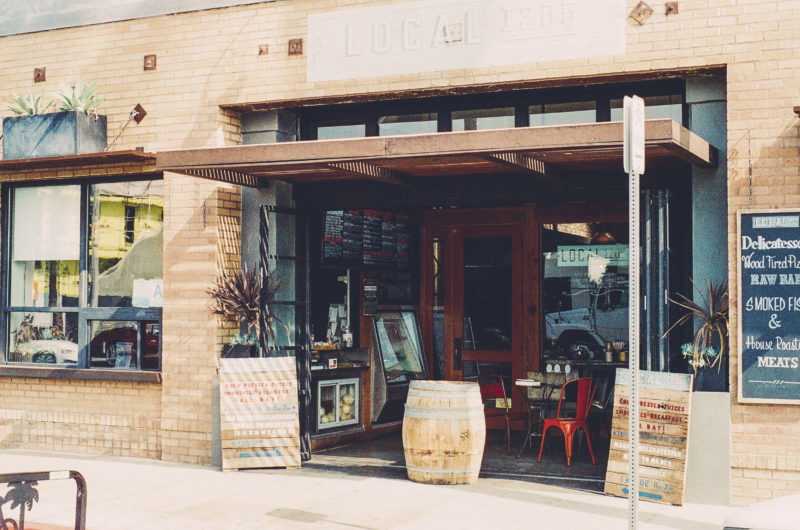Restaurant cost control is an important concern and has become all the more important in the COVID-19 scenario. Effective cost control helps restaurants manage their finances and get better returns on investment (ROI) in the long run. Every business needs sufficient working capital to survive when there’s a fall in sales as was the case in March last year when the government announced a nationwide lockdown. Good financial strategies are required for businesses to survive lean periods and recover faster in due course.
The UAE is one of the most expensive countries in the Middle East region. The high start-up and operating costs of the country’s restaurants make it necessary for their owners to keep a close watch on ROI. Furthermore, despite attracting plenty of tourists and having good infrastructure, the country has scarce skilled labor, which fuels high labor costs. Mismanagement of these costs can potentially bring the business down. Thus, restaurant cost control should be paramount for UAE restaurateurs.
Top Ways For Restaurant Cost Control Post-pandemic
Restaurant cost control has to be done strategically such that the quality of the products and services does not deteriorate. Here are some ways restaurant costs can be controlled in the backdrop of the pandemic.
1. Create A Budget
As generic as it sounds, the restaurant owners who fail to create a proper budget for their restaurant, often incur losses. You should have an idea of the costs incurred in operating the restaurant, sales revenue, and your desired profit margin. Build a budget according to these factors and use it to set limits on how much you spend on any unexpected expenses. Necessary changes can be made in the budget from time to time but adhering to it is always essential.
2. Manage Your Menu
Managing the menu efficiently helps control the restaurant cost. It is crucial to monitor all activities that go into food production including sourcing, use of ingredients based on recipe and pricing. A purchasing team can be involved in managing the menu to analyze the cost of the ingredients and the final recipe before being included in the menu, and decide when is the time to upgrade the menu. This way, you can decide to include the profitable dishes and eliminate the ones that are not, thereby optimizing the menu.
If you are a restaurant owner who is planning to change to a different operating model, for instance, dine-in to cloud kitchen, you need to analyze the costs incurred in both and then optimize your menu. In this case, the menu should be delivery-focused and contain dishes whose quality does not deteriorate with time. This method ensures that the menu is getting your profits up to its full potential.
Furthermore, including seasonal dishes in your menu is a good choice. This can not only reduce inventory costs but also attracts customers.

3. Track Food Wastage
There is a lot of waste generated from restaurants on a daily basis. As per Dubai Carbon, around 38 percent of the meals prepared are wasted on a daily basis in the UAE restaurant industry. The number goes up to 60 percent during Ramadan. This excessive food waste demands good waste management.
Instead of bulk production, production should be carried out in smaller batches. Daily order values should be reviewed and revised to prepare an estimate of the expected orders for the next day or week. Everything that can be reused should be reused. The expiry dates of the products can be used to utilize the old ingredients first before they expire.
4. Introduce POS Technology
Restaurant technology has been evolving over the years. However, the pandemic has nudged the restaurateurs to embrace technology to streamline orders and increase sales, improving efficiency and revenues. The introduction of technology in your restaurant operations will only take your business one step further in terms of restaurant cost control.
Deploying good POS software in your restaurant is a one-time investment, but it will earn you good profits in the long run. Online reservation, online ordering, inventory management, customer relationship management, online payment, billing, and splitting are a few of the ample benefits that POS software provides. Incorporating the right technology into your restaurant can streamline every operation while keeping track of your finances.
5. Reduce The Prime Cost
Prime cost or direct cost of a business refers to the cost of labor and raw materials. These are the controllable costs that just need good management. Following are the ways to optimize labor and raw materials costs.
- Optimize labor costs: To optimize labor costs, it is crucial to track employee turnover and optimize your labor. It has to be ensured that the right amount of staff is present during rush hours and non-peak hours. Understaffed restaurants, in rush hours, will be unable to deliver orders on time to their customers, thereby increasing the turnaround time. On the other hand, overstaffed restaurants may incur unnecessarily high labor costs. Therefore, it is important to realize the peak and non-peak hours and days to staff your restaurant optimally.
- Optimize raw materials and inventory costs: The cost of raw materials and ingredients is of primary concern while implementing restaurant cost control measures as they contribute the highest to the monthly expenditure. Avoid overstocking and procure inventory in smaller batches to avoid food wastage. Using seasonal foods can also help control the raw material and inventory costs as they are pretty abundant in their season and hence cheaper.

6. Low-Cost Marketing
Marketing is all about making your business discoverable to the maximum audience by innovative means. The tactics adopted by the restaurateurs should be low-cost but catchy. Focusing on low-cost marketing will help diminish the hefty marketing costs. The spare funds can be utilized to improve other aspects of the restaurant business. There are many ways to market your restaurant on a low budget. One way to do it is to leverage prominent social media platforms, like Facebook, Twitter, Instagram, etc., efficiently. Popular promotions like polls and prize draws can also drive high traffic to your restaurant without spending a lot.
7. Negotiate With Suppliers
Negotiation with suppliers is a key part of restaurant cost control. Procuring raw materials and ingredients at reduced prices is beneficial. Discounts can be asked for frequently requested orders or bulk orders since all these costs eventually impact the final food costs. If you have a long-term relationship with your suppliers, you might get these discounts based on goodwill. Especially in the pandemic scenario, good relationships with your suppliers and vendors can pay you off in terms of profits.
8. Partner With Other Businesses
Increasing revenue is a way of cost management. If the costs incurred cannot be cut, you can try boosting the revenue. Integrating with other businesses is one way. Food aggregators and marketing apps integration will expand your reach and drive more customers, thereby increasing sales.
However, partnering with other businesses is profitable in the long run and should be done when the business is in safe mode, i.e., it generates enough output in the present and is already popular among customers. Sharing revenue with other partners while you are running low on working capital can drown the restaurant business.
Keeping track of where the funds are being invested and further optimizing your operating costs is an imperative task. That is what restaurant cost control is all about. Follow these stellar strategies to manage your restaurant costs and reinvest the savings in to generate maximum profit.


